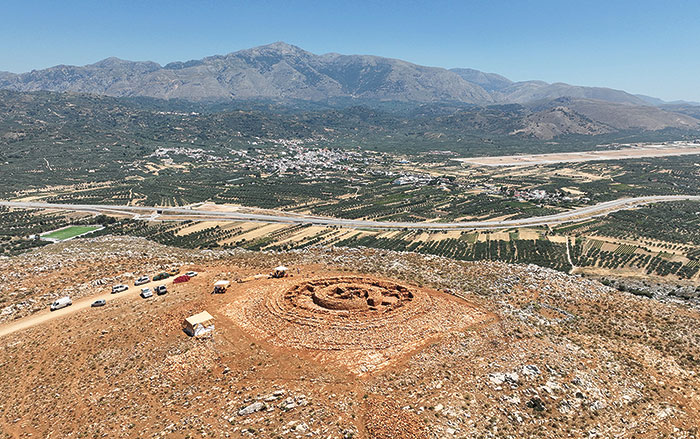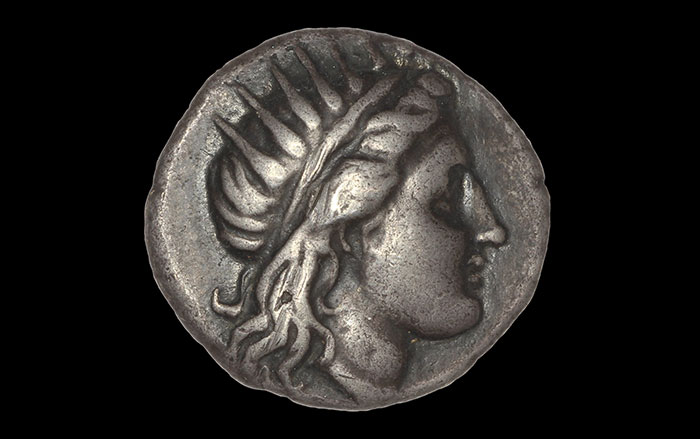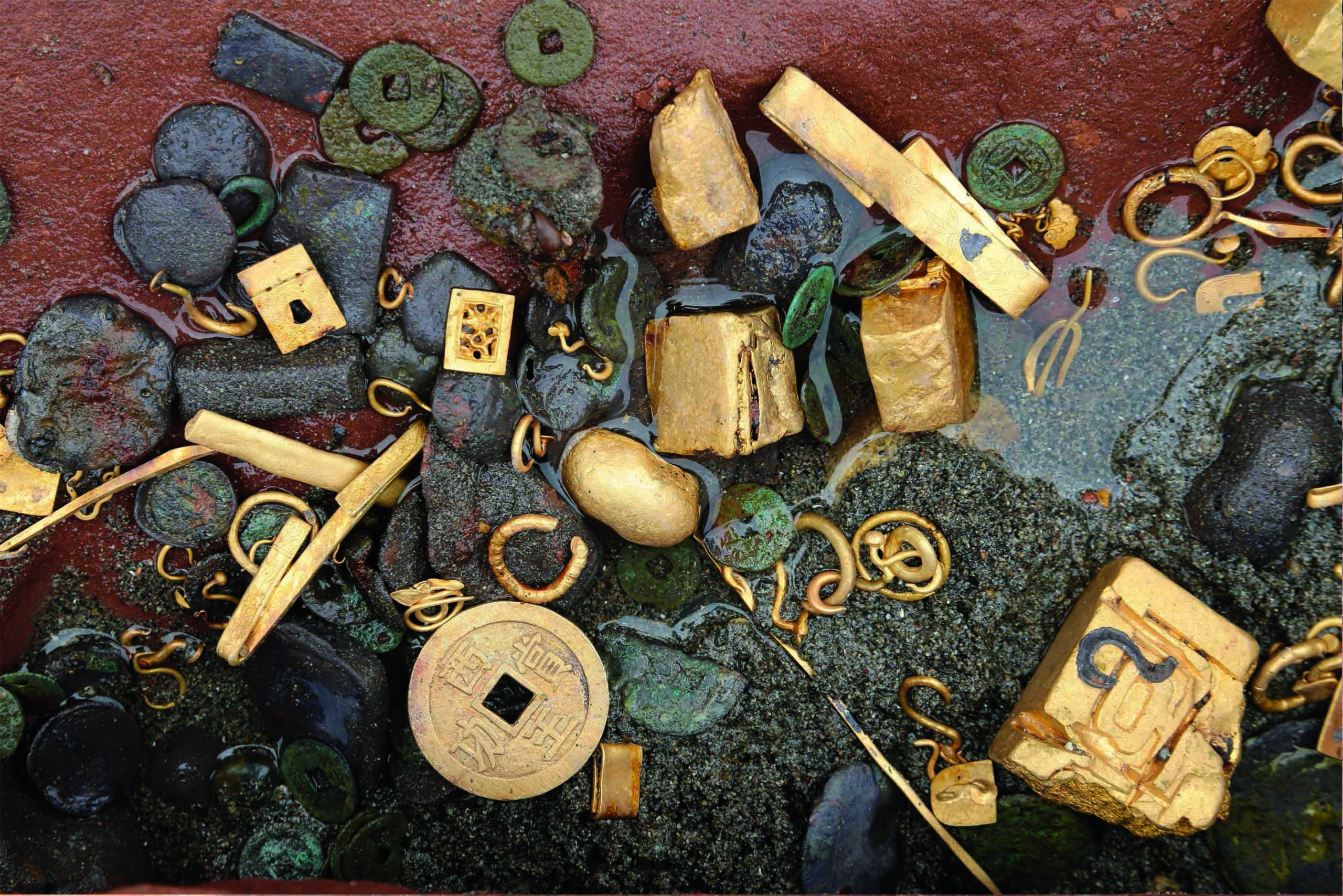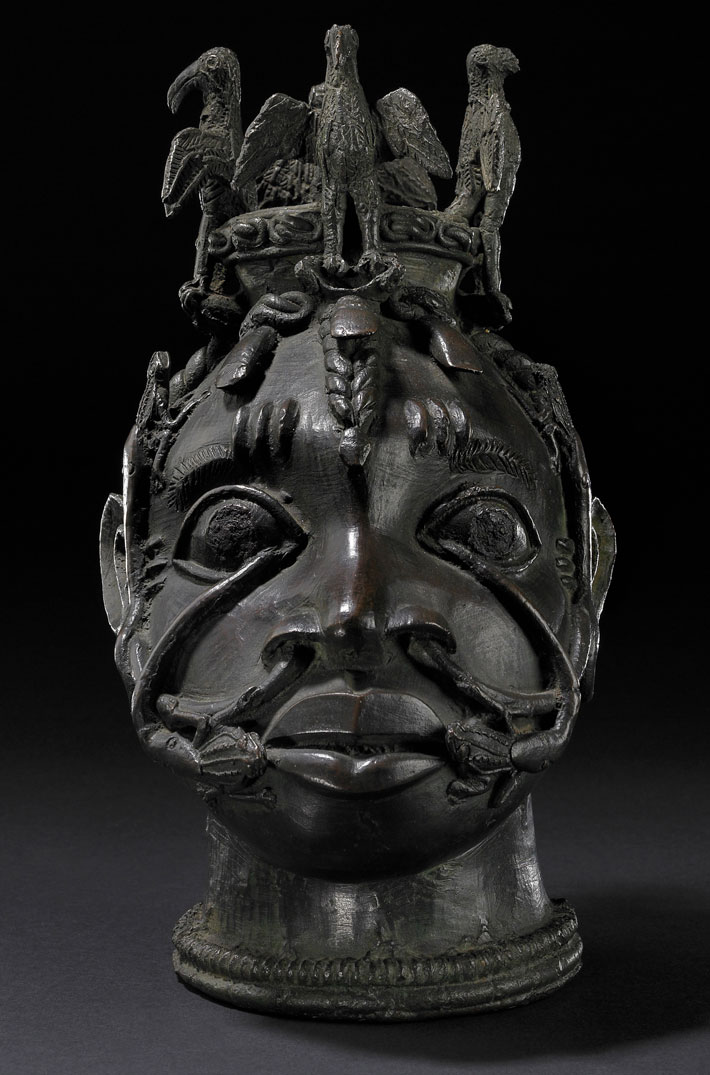
CHILIOMODI, GREECE—Live Science reports that remnants of one of the two aqueducts constructed by the Roman emperor Hadrian (reigned A.D. 117–138) in Greece have been found at the site of the ancient city of Tenea. The aqueduct carried water for more than 50 miles, from Lake Stymphalia to the ancient city of Corinth to the north. The section of the stone-and-mortar aqueduct consists of a channel covered by a semicircular roof and measures about 100 feet long and more than 10 feet tall. Water traveled inside this structure, through a space about two feet wide and four feet tall. Meanwhile, traces of a settlement dated to about 2600 to 2300 B.C., including obsidian tools, animal figurines, and fine imported pottery, as well as furnaces, an olive press, and a cemetery dated to the Roman period, were also uncovered. To read about Hadrian's palatial villa in Tivoli outside of Rome, go to "An Imperial Underworld."










